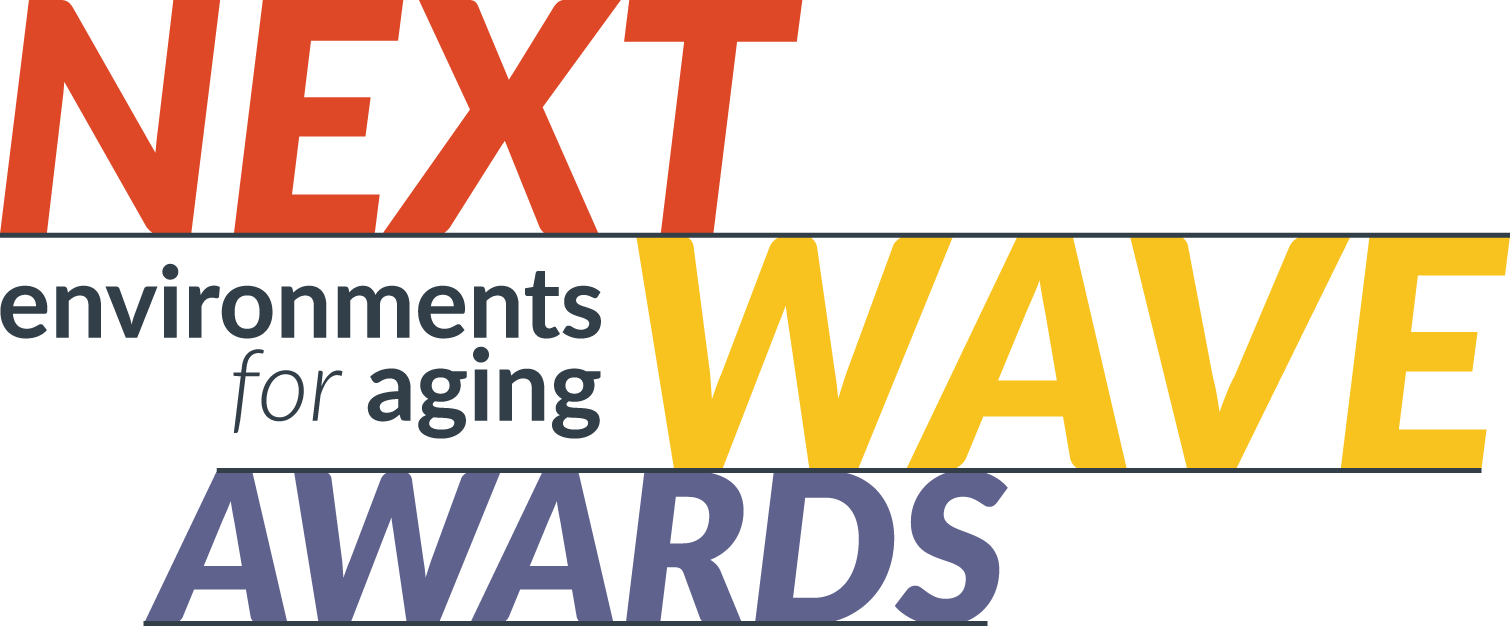“Person-centered design” is a positive trend in the evolution of senior living, but how to implement it, exactly, is open to interpretation. “Put the resident’s needs first” seems clear enough as the core intent. But what does that look like in practice? And how do you prioritize those needs?
Operators from across the country convened this past fall in Austin, Texas, to participate in HealthPoint, an event where healthcare and senior living executives meet with industry suppliers to discuss innovation for the construction, renovation, and engineering of their facilities and communities. (HealthPoint is produced by Environments for Aging’s parent company, Emerald Expositions.) A roundtable discussion titled “What’s Next in Senior Living Experience Design?” gave operators and other design professionals the opportunity to consider the implications of person-centered design. And while the hour-long discussion certainly couldn’t address all the complexities of this approach, it did allow the operators to connect the dots between design and resident well-being from a unique angle.
Twenty executives from organizations including Brookdale, Enlivant, Sunrise Senior Living, Springhill Health Services, and the U.S. Dept. of Veteran Affairs participated in the roundtable. As a first step in the discussion, the group took a stab at defining person-centered design, describing it as a more personalized approach (definitely not one-size-fits-all) in which the designers of the space take an active role as advocates for residents and their families.
Those advocacy issues, according to the group, include: the preservation of dignity, safety, respect, personal growth, ease of mobility, connectivity to the community (both inside and outside the living space), a sense of purpose, and some level of independence.
And how can design accommodate these needs? The executives were placed in small groups and given 10 minutes to brainstorm ideas, big and small, for fostering more person-centered environments. Among their suggestions: giving AL and skilled nursing residents more control over their wall colors and artwork; embracing the small house model with fewer staff who are all universally trained; and perhaps hiring staff from the hospitality sector to reinforce more of an “at your service” mentality.
The group agreed on one significant challenge to fully embracing this type of design thinking, which was the needs of staff—a critical secondary stakeholder in design. “The starting point is the resident,” said one provider, “but what benefits residents doesn’t always benefit staff. For example, residents may feel overwhelmed by open space, but the staff appreciates that. How do you find balance?” Staff needs are particularly critical in a skilled nursing environment, one provider pointed out.
The next HealthPoint event will take place at the Gaylord Rockies Resort in Aurora, Colo., Sept. 22-25, 2019. Visit www.cpmgevents.com/healthpoint for more information.









